Home>Ideas and Tips>Upgrading Your Home’s Windows For Energy Efficiency
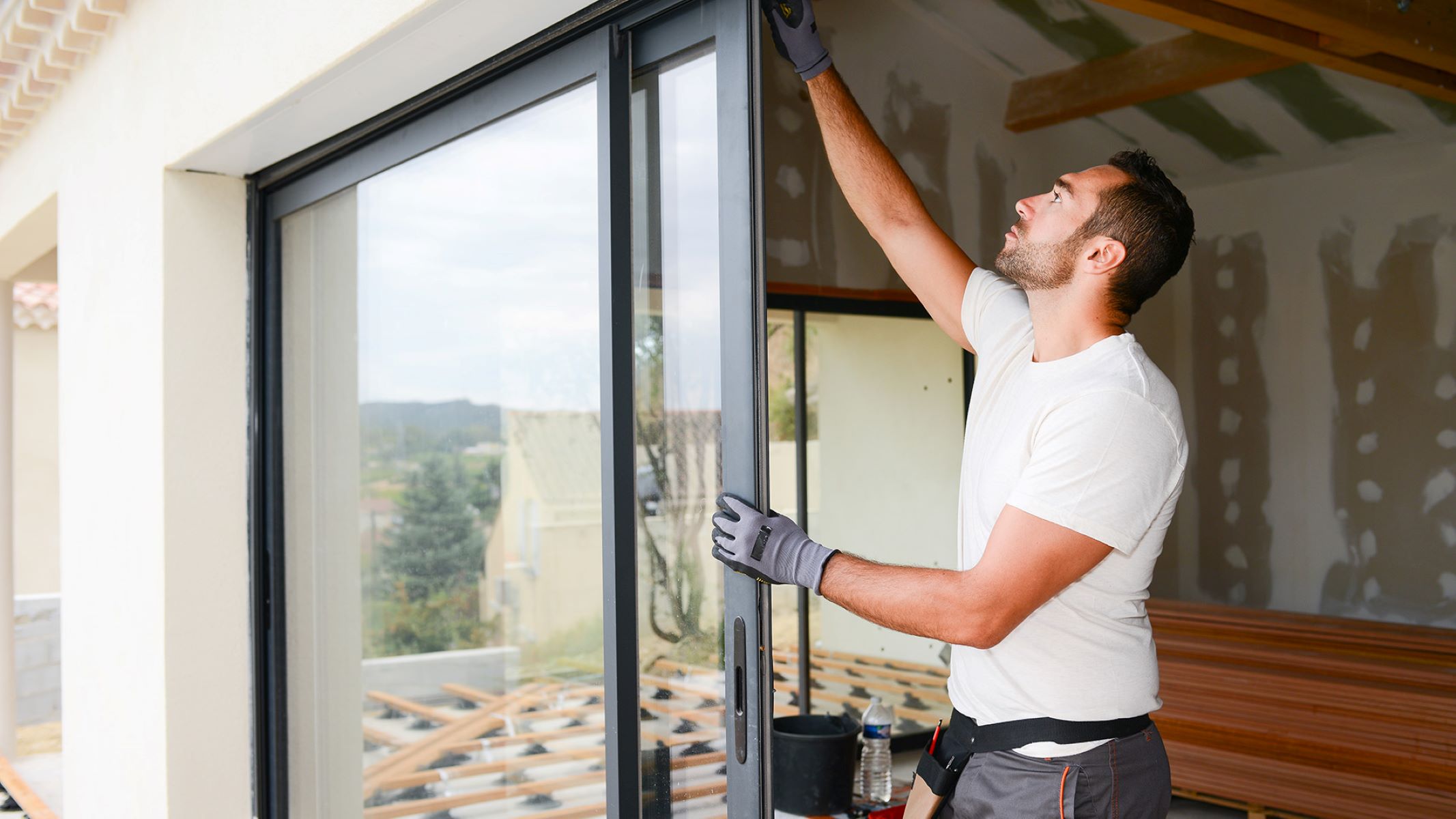

Ideas and Tips
Upgrading Your Home’s Windows For Energy Efficiency
Published: August 31, 2024
Upgrade your home's windows for energy efficiency to save on utility bills, enhance comfort, and reduce environmental impact. Learn how with our comprehensive guide.
(Many of the links in this article redirect to a specific reviewed product. Your purchase of these products through affiliate links helps to generate commission for Storables.com, at no extra cost. Learn more)
Upgrading your home's windows for energy efficiency is a smart move. It can save you money, make your home more comfortable, and help the environment. But why is it so important? Let's dive in and find out.
Energy-efficient windows are designed to reduce the transfer of heat. This means they keep the heat inside during winter and outside during summer. This is crucial because windows can account for 25% to 30% of residential heating and cooling energy use. By upgrading your windows, you can significantly reduce your energy consumption. This not only saves you money but also reduces your carbon footprint. In today's world, where climate change is a pressing issue, every little bit helps.
The Importance of Energy-Efficient Windows
Windows are like thermal holes in your home. Most are 10 times less energy efficient than the wall area they replace. An average home may lose 30% of its heat or air-conditioning energy through its windows. This heat gain and heat loss can significantly affect your comfort level at home and your annual energy costs. Upgrading to energy-efficient windows can lead to significant reductions in home energy consumption and utility costs. According to the U.S. Department of Energy, installing ENERGY STAR-certified windows, doors, and skylights can shrink energy bills by an average of 12% nationwide, compared to non-certified products. This translates to substantial financial savings, with homeowners potentially saving hundreds of dollars annually.
Energy-efficient windows also contribute to environmental sustainability. By reducing the amount of energy required to heat or cool a home, these windows help lower greenhouse gas emissions and support efforts to combat climate change. So, not only do you save money, but you also do your part in protecting the planet.
Options for Upgrading Your Windows
When considering upgrading your windows, you have two primary options: updating your existing windows or replacing them entirely.
Update Your Existing Windows
If your windows are in good condition but not performing optimally, updating them can be a cost-effective option. Here are several steps you can take to improve the efficiency of your existing windows:
- Check for Air Leaks: Inspect your windows for any air leaks around the frames and seals. Use caulk and weatherstripping to seal any gaps, ensuring that your home is well-insulated.
- Add Window Coverings: Install window coverings such as interior curtains, exterior awnings, or shutters. These can help reduce heat gain and loss by blocking direct sunlight and providing additional insulation.
- Install Low-E Storm Windows: Adding low-E storm windows can significantly reduce air movement through your windows, further improving their efficiency.
- Add Solar Control Film: Apply solar control film to your windows to block UV rays and reduce heat gain during warm months.
- Exterior Shading: Install exterior shading devices like awnings or overhangs to block direct sunlight and reduce heat gain during summer months.
Replace Your Windows
If your windows are old or underperforming, replacing them entirely may be the best option. Here are some key considerations when selecting new windows:
- Frame Types: Choose from various frame materials such as wood, vinyl, aluminum, or fiberglass. Each material has its own advantages in terms of durability and maintenance requirements.
- Glazing Type: Select from single-pane, double-pane, or triple-pane glass options. Double-pane and triple-pane windows offer better insulation and are more energy-efficient.
- Gas Fills and Spacers: Consider windows filled with gases like argon or krypton, which provide better insulation than air-filled spaces. Low-E coatings can also be applied to reduce heat transfer.
- Operation Types: Decide on the type of operation you need—such as double-hung, casement, or sliding windows—based on your lifestyle and preferences.
Selecting the Right Windows
When selecting new windows, it's crucial to consider several factors beyond just appearance:
- Energy Use and Labeling: Look for the ENERGY STAR label and review ratings on the energy performance label from the National Fenestration Rating Council (NFRC). These labels provide a reliable way to determine a window’s energy properties and compare products.
- Design Considerations: Choose windows that fit your home's design and architectural style. Consider factors like window size, shape, and placement to ensure they complement your home's overall aesthetic.
- Warranties and Installation: Ensure that your new windows come with a good warranty and are installed by trained professionals according to manufacturer instructions. Proper installation is essential for maintaining warranty eligibility and ensuring optimal energy efficiency.
Case Study: Transforming Home Energy Efficiency
A recent case study examined the impact of upgrading to energy-efficient windows on a single-family home's energy consumption. The study evaluated pre- and post-installation energy usage, financial savings, and overall home comfort improvements.
The subject of this case study was a 2,500 square-foot single-family home built in the 1980s with single-pane windows featuring aluminum frames. The homeowners decided to upgrade to double-pane, low-emissivity (Low-E) windows with vinyl frames to improve energy efficiency.
Results
The data indicated a significant reduction in energy consumption post-installation. Key findings included:
- Energy Consumption Reduction: The home experienced a substantial decrease in energy consumption.
- Financial Savings: Homeowners reported notable financial savings.
- Comfort Levels: Homeowners reported an increase in overall comfort, attributed to several factors including reduced noise levels and improved thermal performance.
Key Features
Energy-efficient windows designed to reduce heat transfer include:
- Low-E Coatings: These coatings help reflect radiant heat rather than absorbing it, reducing heat gain during summer months and heat loss during winter months.
- Gas Fills: Filling windows with gases like argon or krypton provides better insulation than air-filled spaces.
- Advanced Window Technology: Modern windows are designed to select the correct mix of heat and light for a given climate and exposure, using a blend of glass coatings, gas fillings, and window frames.
Understanding Energy-Efficient Performance
Energy-efficient windows are not just about reducing energy consumption; they also enhance the overall living experience by providing better comfort and durability. Here are some key points to understand when selecting energy-efficient windows:
- U-Factor: The U-factor measures how well a window insulates. A lower U-factor indicates better thermal resistance, which is crucial in colder climates.
- Solar Heat Gain Coefficient (SHGC): The SHGC measures how much of the sun’s heat comes through your window. A lower SHGC reduces heat gain in warm climates.
- Whole-Unit U-Factors and SHGCs: Look for whole-unit numbers rather than center-of-glass numbers to get an accurate reflection of the entire product's energy performance.
Installation Tips
Even the most energy-efficient window must be properly installed to ensure optimal performance and maintain warranty eligibility. Here are some installation tips:
- Professional Installation: Have your windows installed by trained professionals according to manufacturer instructions.
- Window Installation Variations: Installation varies depending on the type of window, construction of the house (wood, masonry), exterior cladding (wood siding, stucco), and weather-restrictive barriers.
- Windows, Flashing, and Air Sealing: Ensure that windows, flashing, and air sealing are all installed according to manufacturer recommendations to perform correctly.
Upgrading your home's windows for energy efficiency is a worthwhile investment that can lead to significant financial savings, improved home comfort, and reduced environmental impact. Whether you choose to update your existing windows or replace them entirely, following the tips outlined in this article will help you make informed decisions and maximize the benefits of energy-efficient windows.
By understanding the importance of energy-efficient windows, selecting the right type of window based on your climate and needs, and ensuring proper installation, you can transform your home into a more comfortable and sustainable living space.
Was this page helpful?
At Storables.com, we guarantee accurate and reliable information. Our content, validated by Expert Board Contributors, is crafted following stringent Editorial Policies. We're committed to providing you with well-researched, expert-backed insights for all your informational needs.
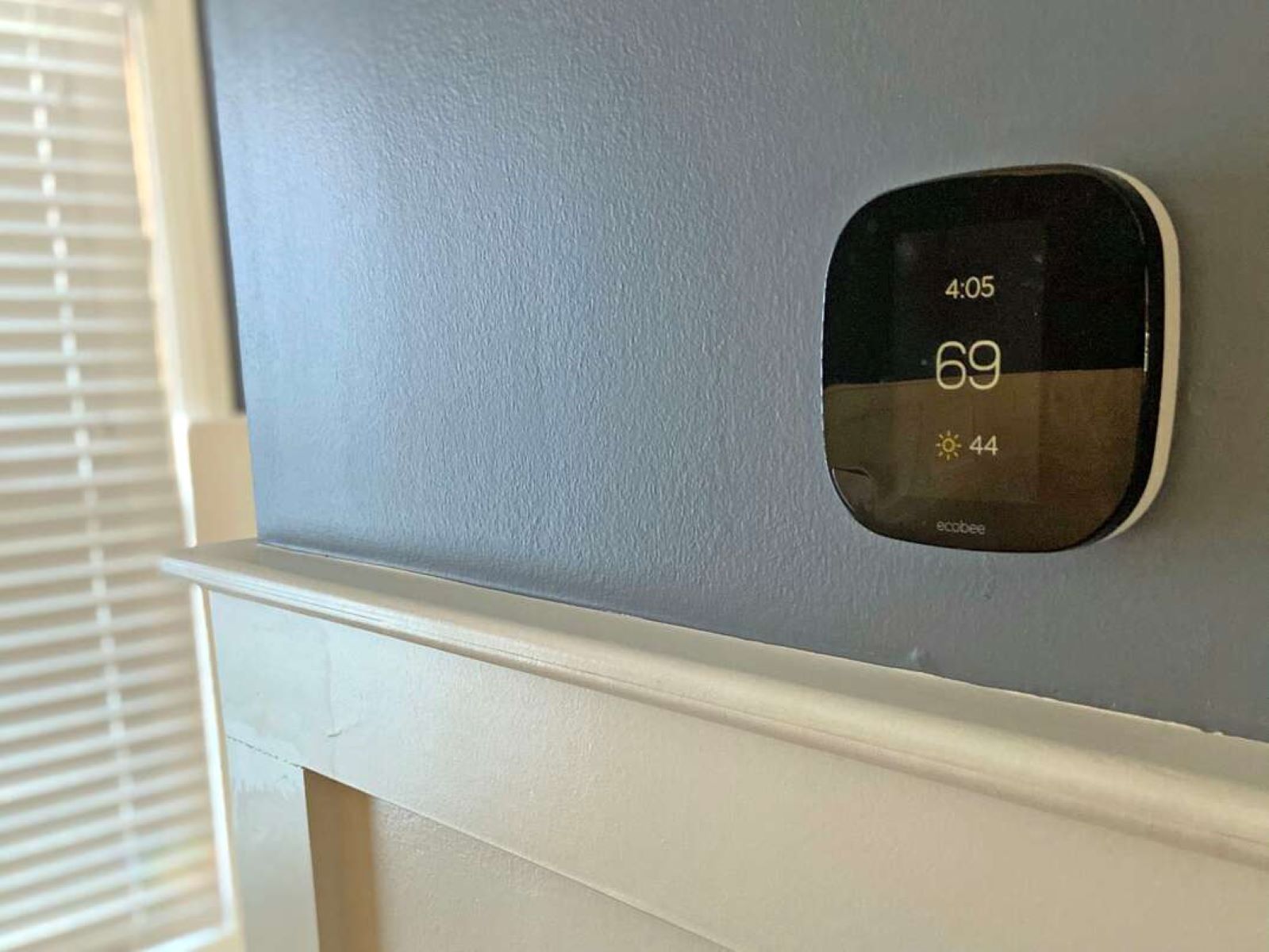
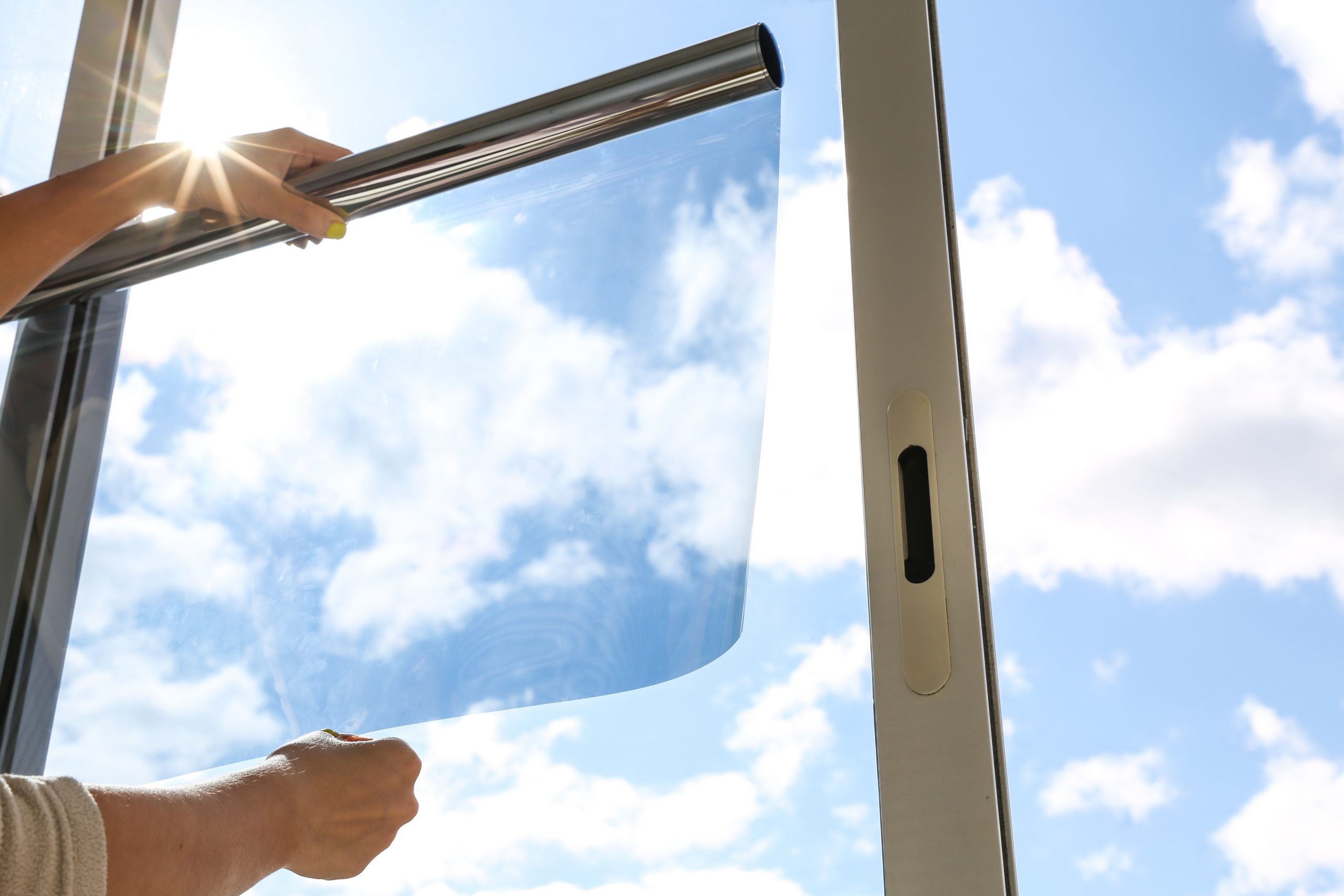
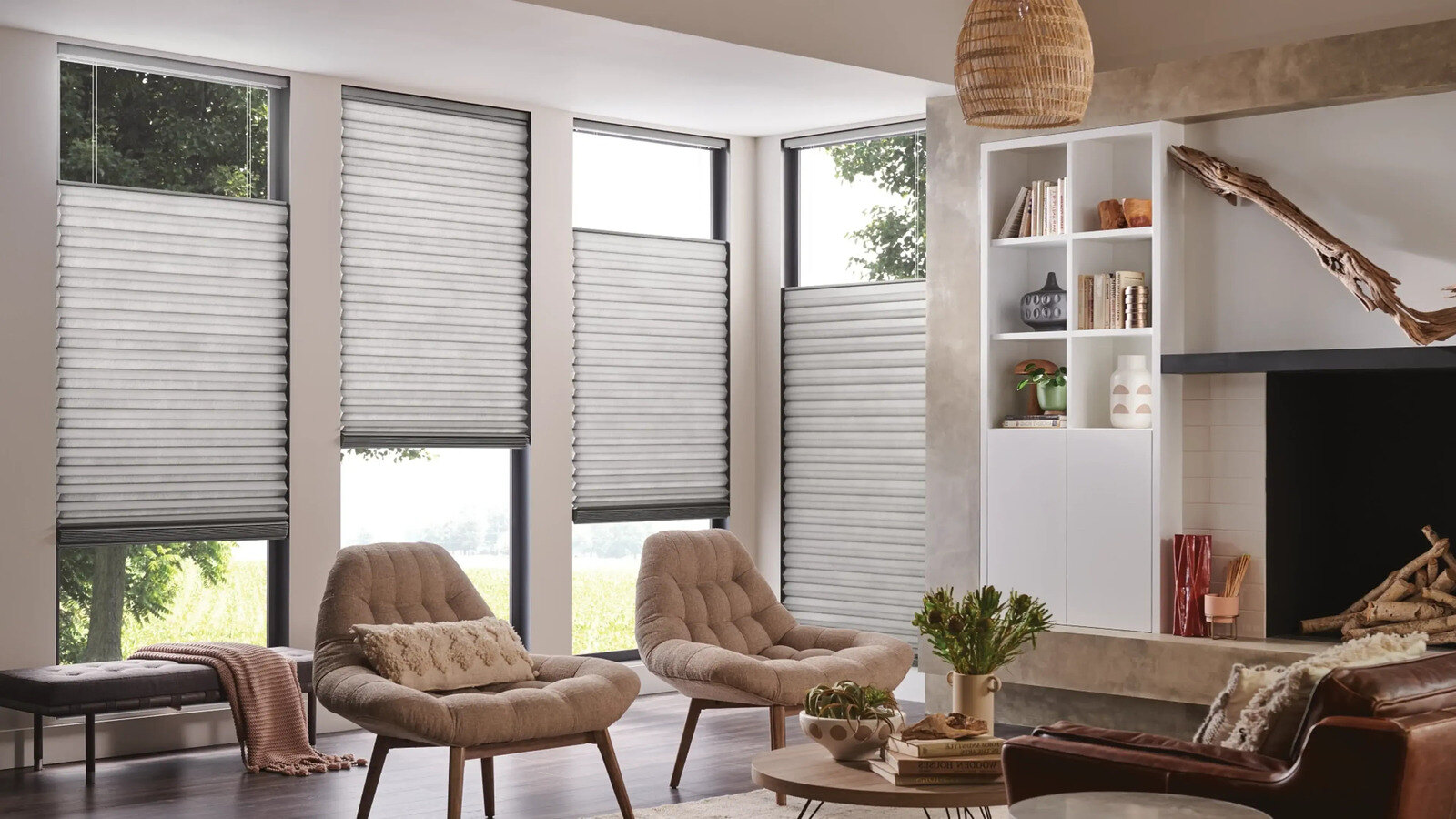
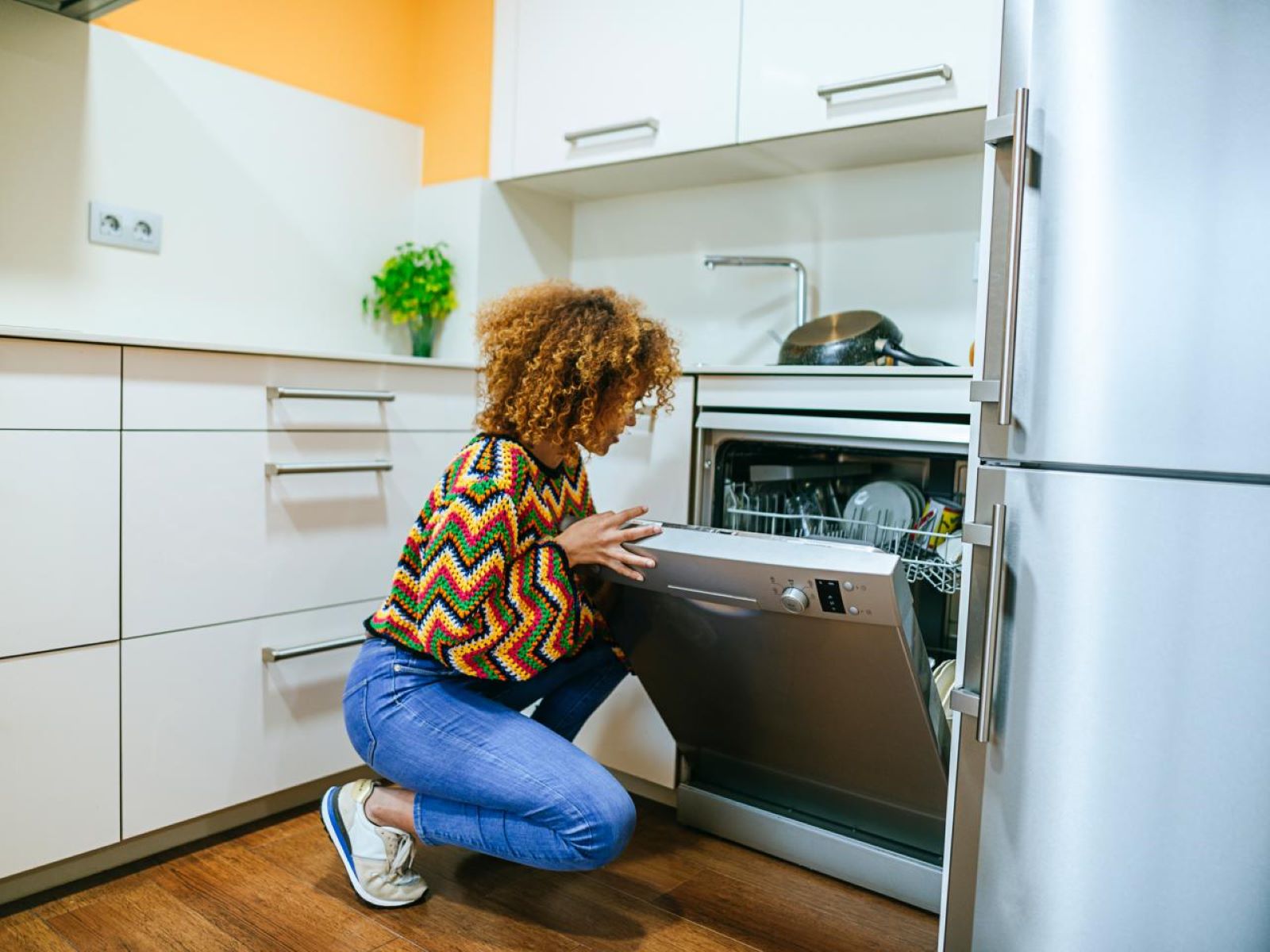
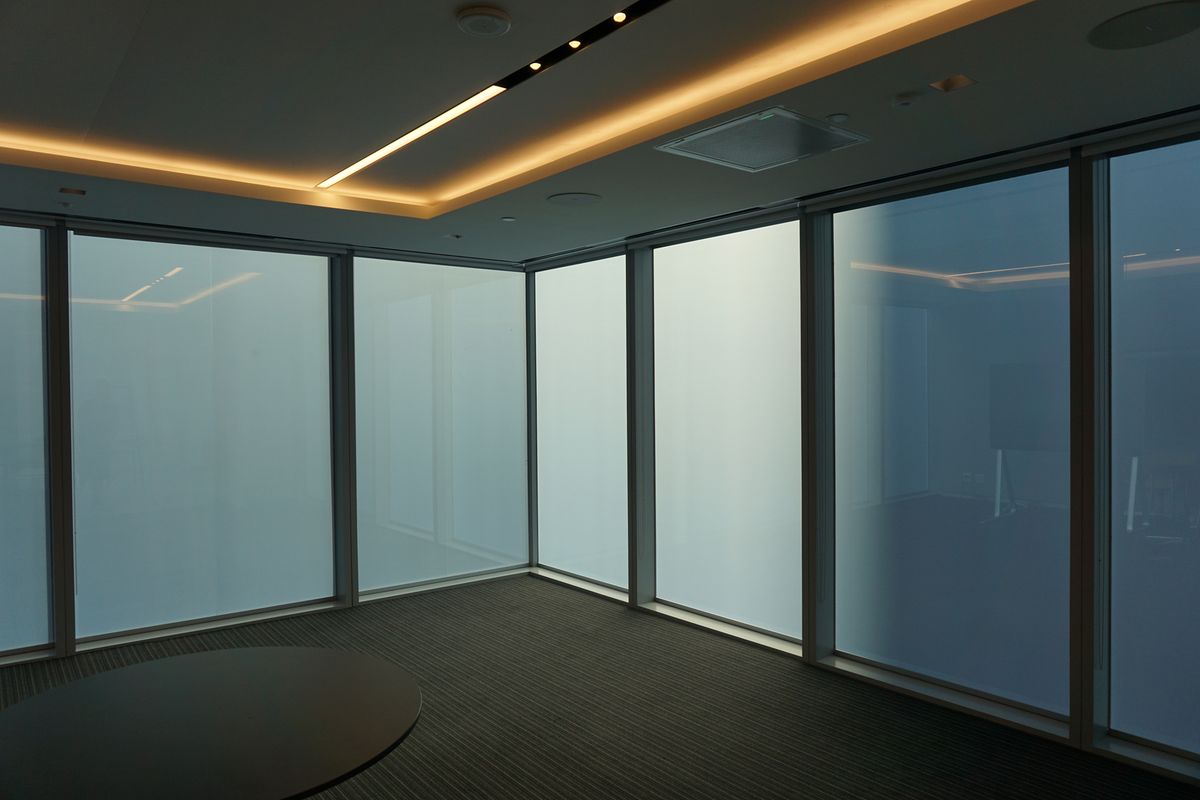

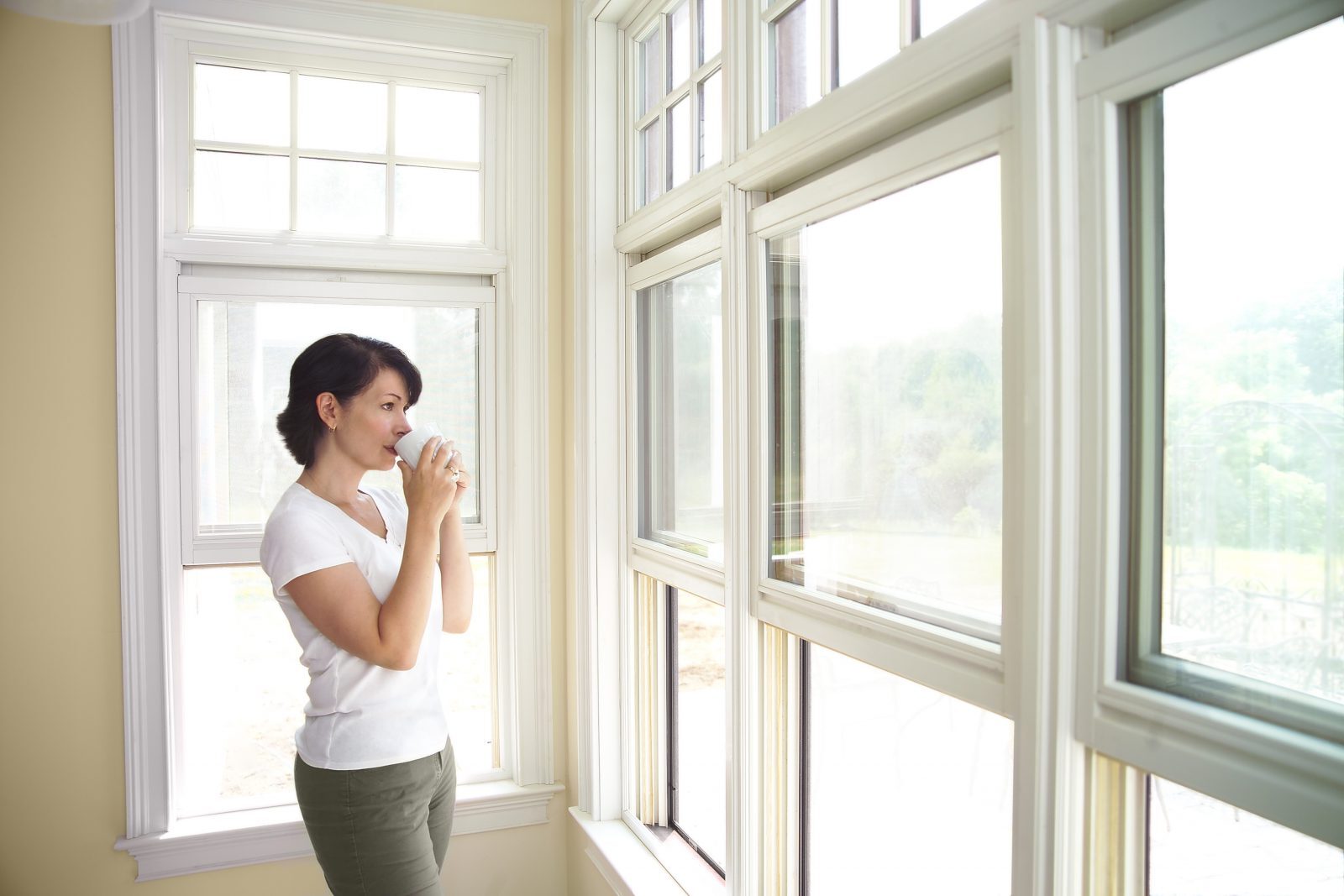
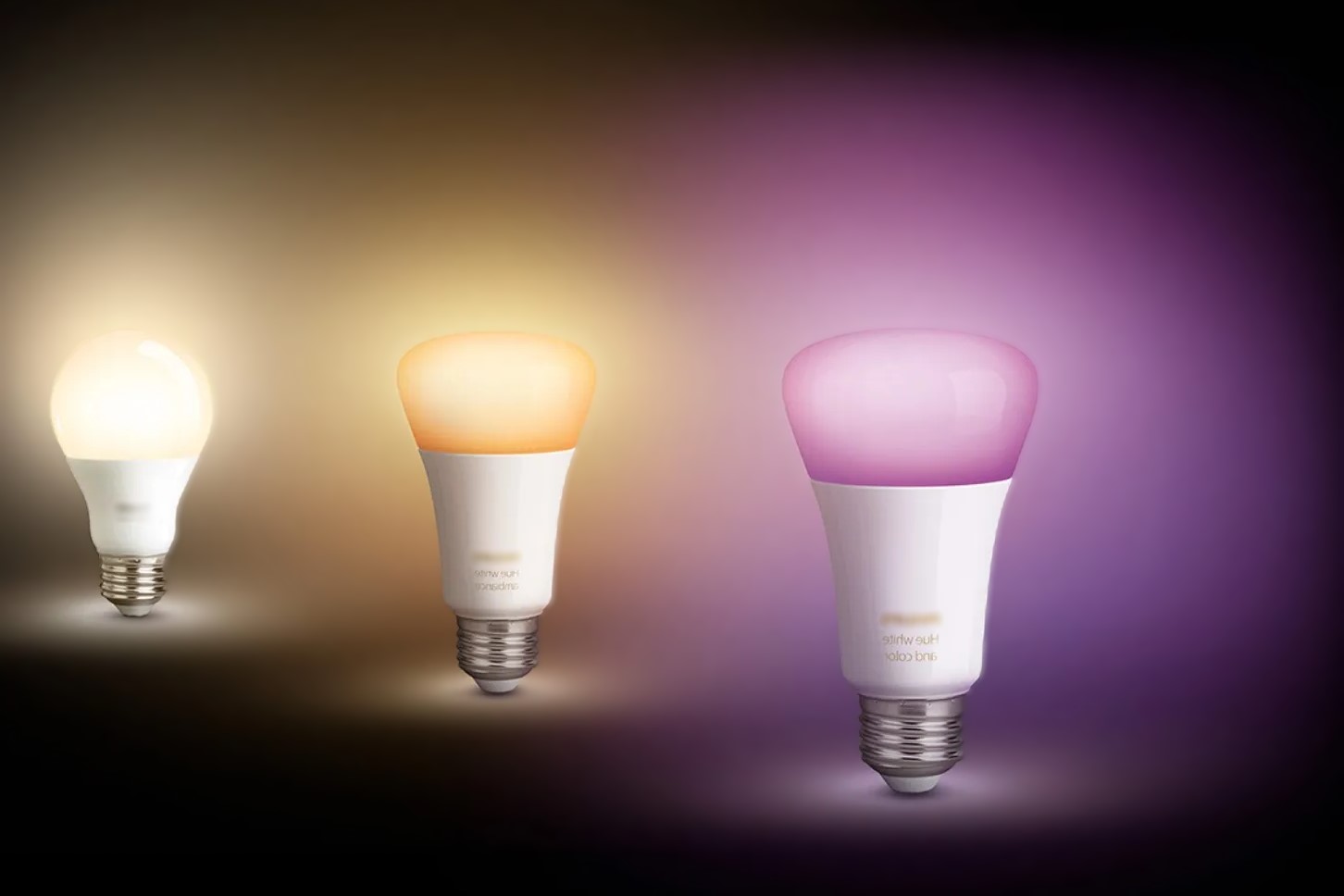

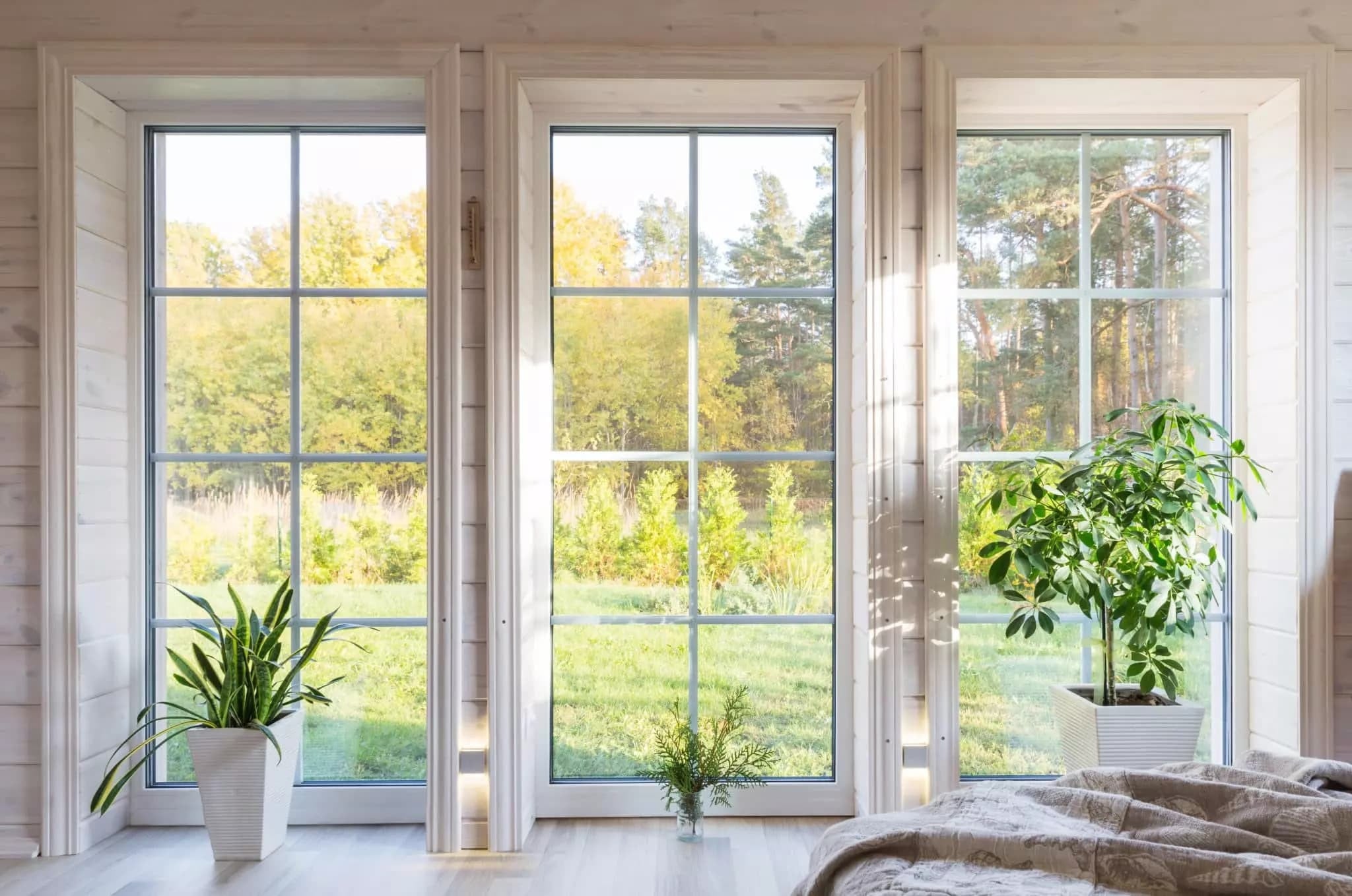
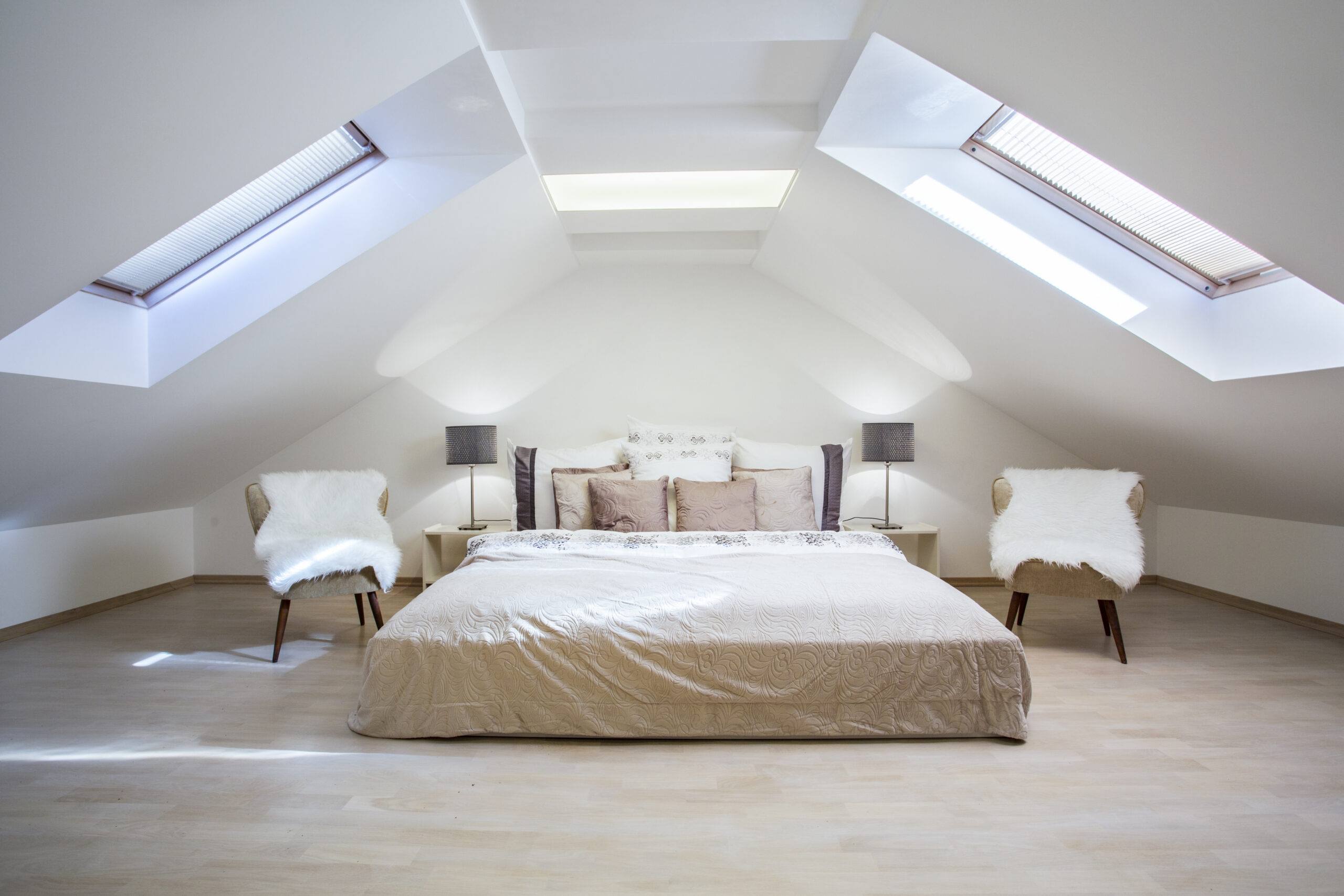
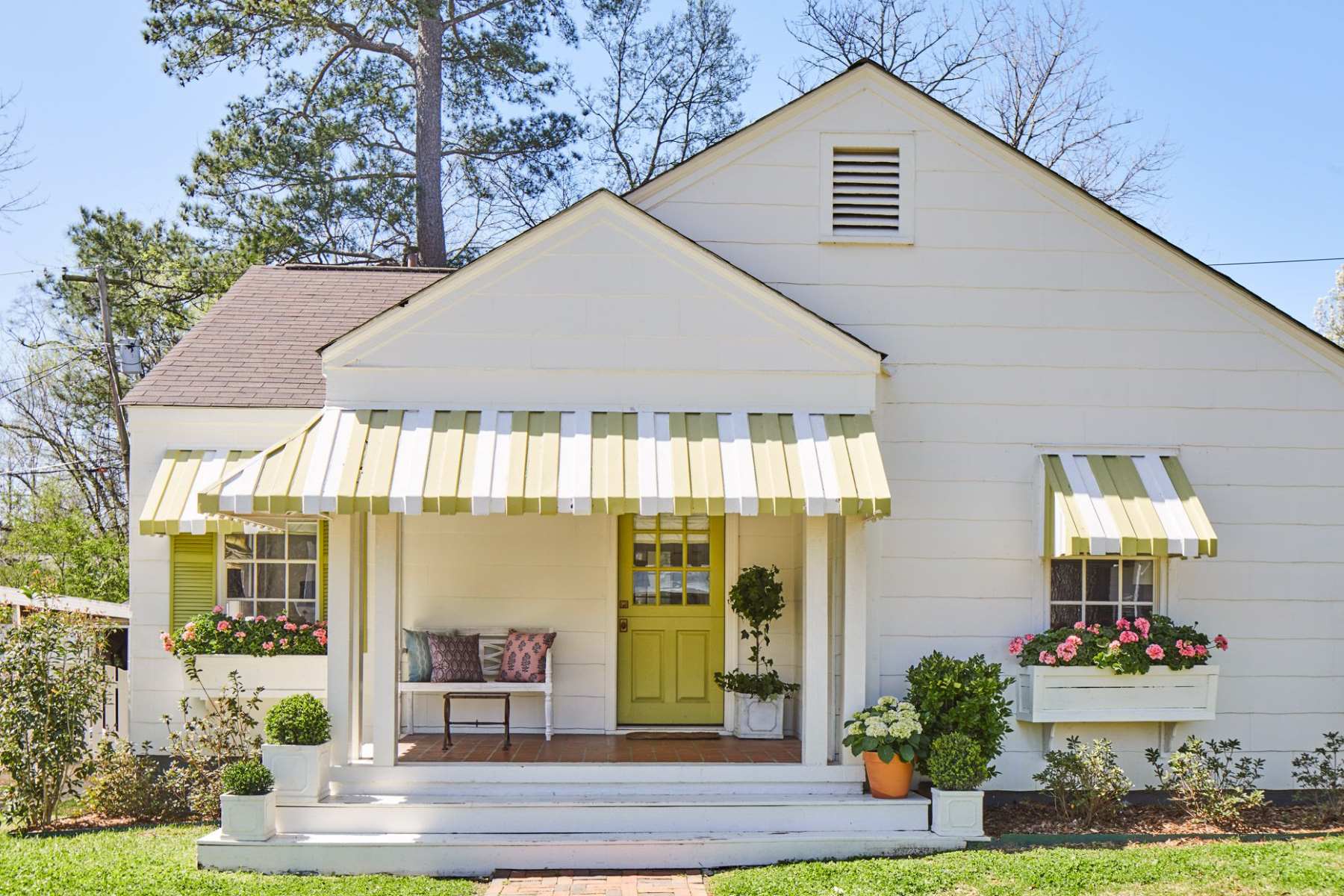
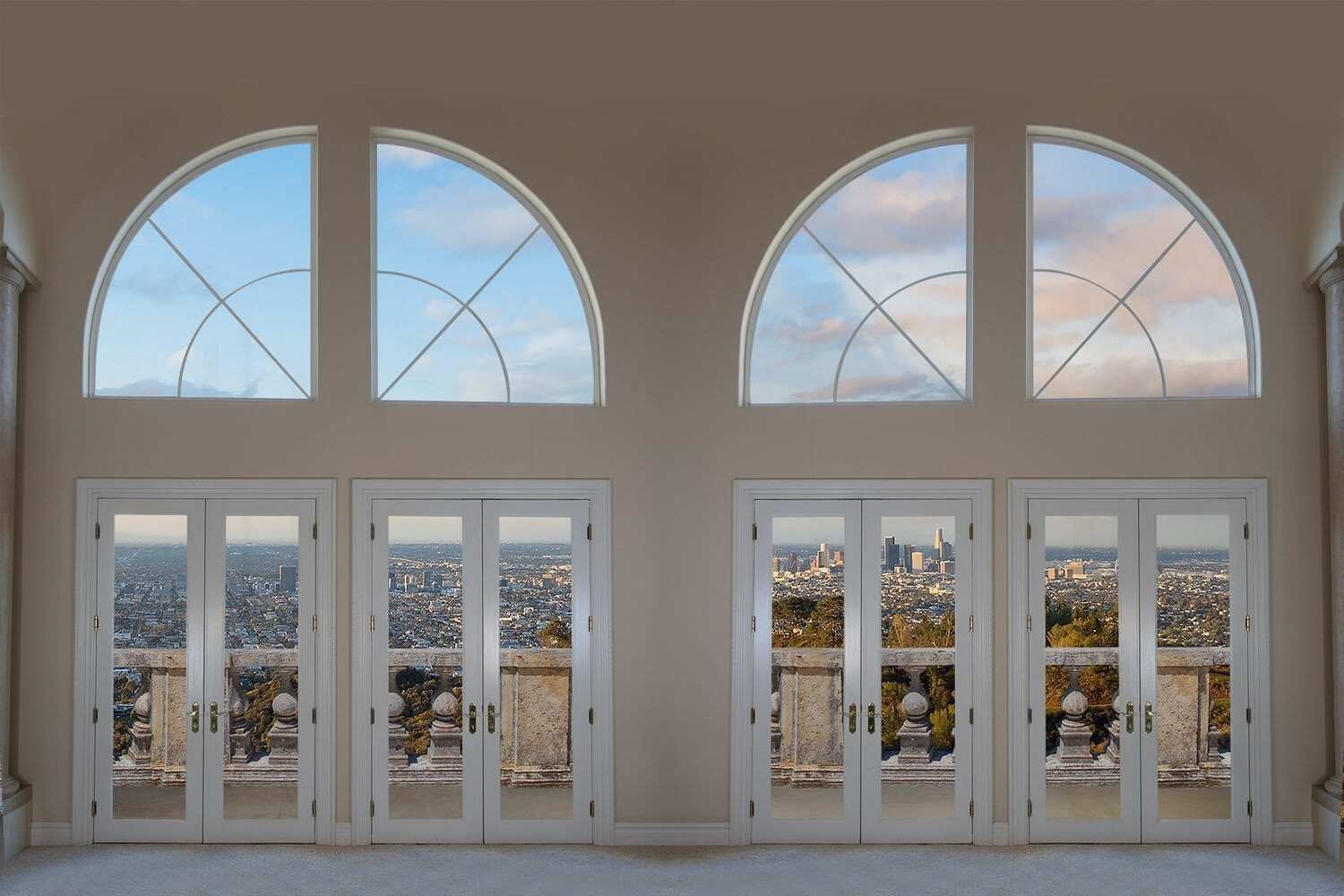
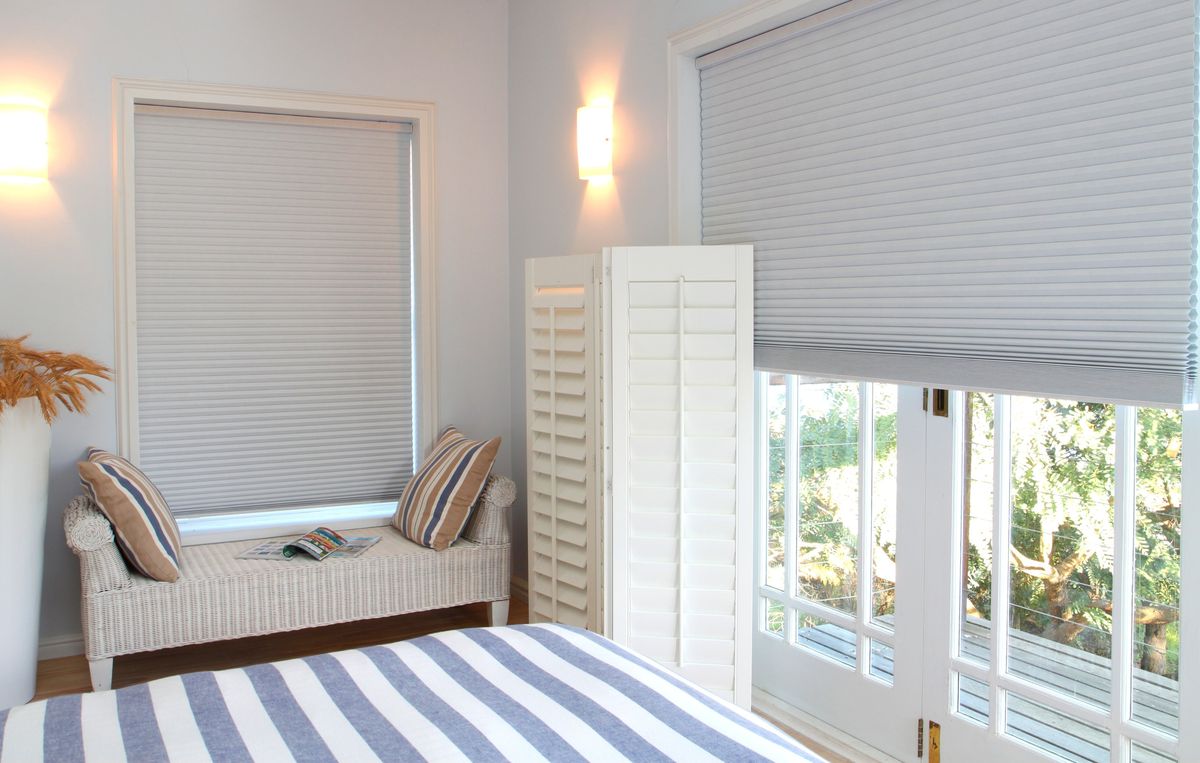

0 thoughts on “Upgrading Your Home’s Windows For Energy Efficiency”